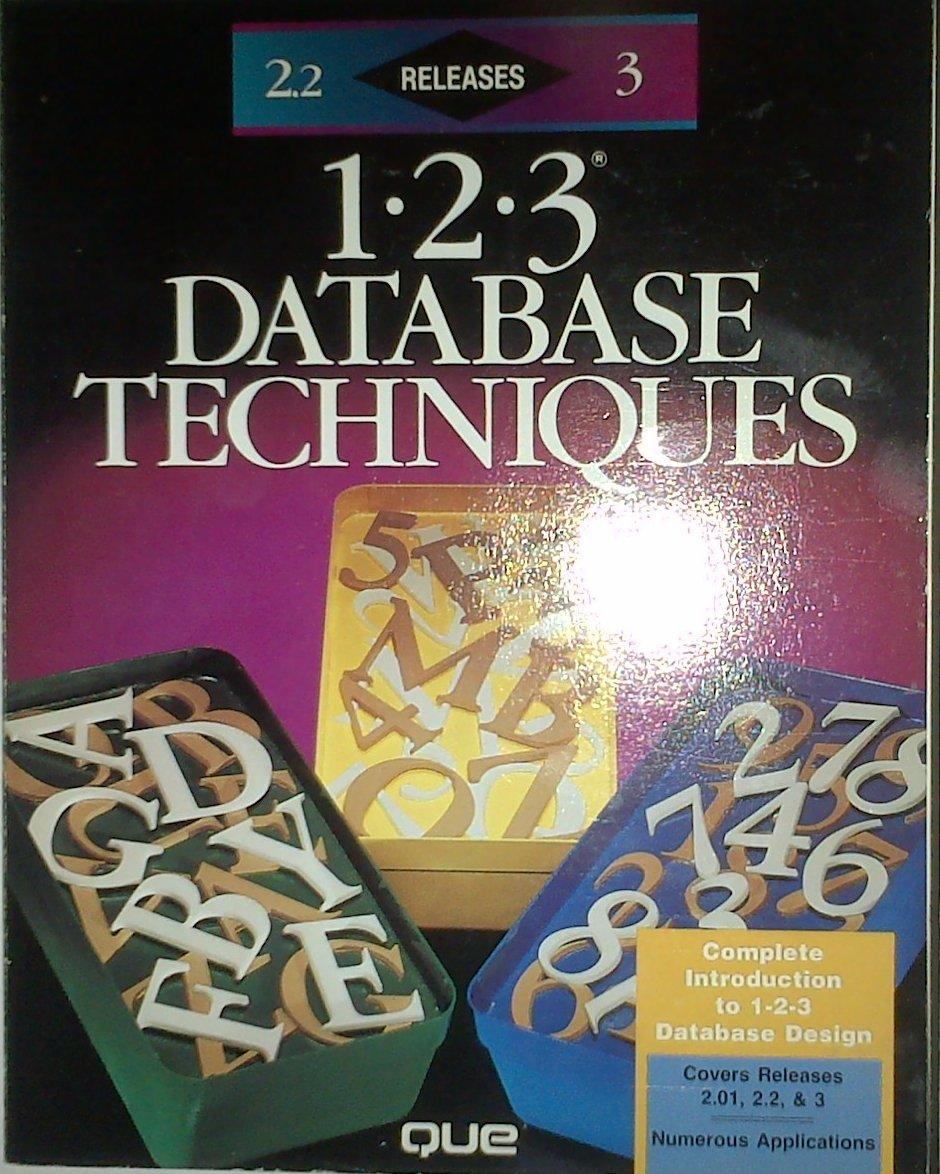Answered step by step
Verified Expert Solution
Question
1 Approved Answer
1 ) The Turing test was designed as a: human behavior experiment, human speaking experiment, tool to achieve options results, thought experiment, none of the
The Turing test was designed as a: human behavior experiment, human speaking experiment, tool to achieve options results, thought experiment, none of the above
To Pass a Total Turing test, a machine will need:
a robotics, natural language processing, and machine learning
b robotics, natural language processing, computer vision, knowledge representation, and machine learning
c automated reasoning, computer vision, knowledge representation, and machine learning
d natural language processing, automated reasoning. knowledge representation, and machine learning
e automated reasoning, natural language processing, computer vision, knowledge representation, robotics, and machine learning
According to your textbook, which approach to Al prevailed throughout Al history:
a standard model approach
b the cognitive modelling approach
c the "laws of thought" approach
d the turing test approach
e machine learning approach
The first Al algorithm based on logical reasoning was proposed by:
a Newell and Simon when they developed a General Problem Solver program
b Ramon Llull
c Aristotle
d David Hume
e Leonardo da Vinci
f Rudolf Carnap
Currently, as per the Al Index Report", the most popular category of Al research is:
a Computer Vision
b Natural Language Processing
c Machine Learning
d Pattern Recognition
e Data Mining
f Algorithm Development
g None of the Above
h All of the a to f
Select the correct relationships between various Al fields:
a machine learning is a subfield of deep learning and deep learning is a field of Al
b deep learning is a subfield of machine learning and machine learning is a field of Al
c pattern recognition is a subfield of machine learning and machine learning is a field of Al
d big data is a field of deep learning, and deep learning is a subfield of machine learning
e Bayesian networks is a field of probabilistic reasoning and probabilistic reasoning is a field of propositional logic
What are the key components of a rational agent:
a percept, environment, actions, sensors and actuators
b environment, sensors and actuators
c percept sequence, an action, agent function, agent's builtin knowledge
d performance measure, agent's builtin knowledge, and action
e an action, agent's builtin knowledge, and neural network
In Al an agent program implements only
a a convolutional neural network
b a Bayesian network
c a hidden markov model
d a mapping algorithm that maps percepts to actions
e all of the above
f none of a to d
Four basic types of Al agents that embody the principles underlying almost all intelligent systems are:
a software agents, hardware agents, utility based agents and simple reflex agents
b software agents, modelbased reflex agents, utilitybased agents and simple reflex agents
c software agents, hardware agents, goal based agents and simple reflex agents
d modelbased reflex agents, hardware agents, utilitybased agents and simple reflex agents
e modelbased reflex agents, goal based agents, utilitybased agents and simple reflex agents
Various ways that the components of an rational agent can represent the environment that the agent inhabits:
a Atomic, NonAtomic, Structured and Nonstructured
b Atomic. Factored and Structured
c Robust, Persistent, Factored and Structured
d Durability, Consistency, Atomic and Factored
e atomicity, consistency, isolation, and durability
Step by Step Solution
There are 3 Steps involved in it
Step: 1

Get Instant Access to Expert-Tailored Solutions
See step-by-step solutions with expert insights and AI powered tools for academic success
Step: 2

Step: 3

Ace Your Homework with AI
Get the answers you need in no time with our AI-driven, step-by-step assistance
Get Started


